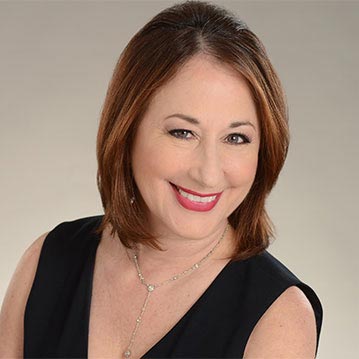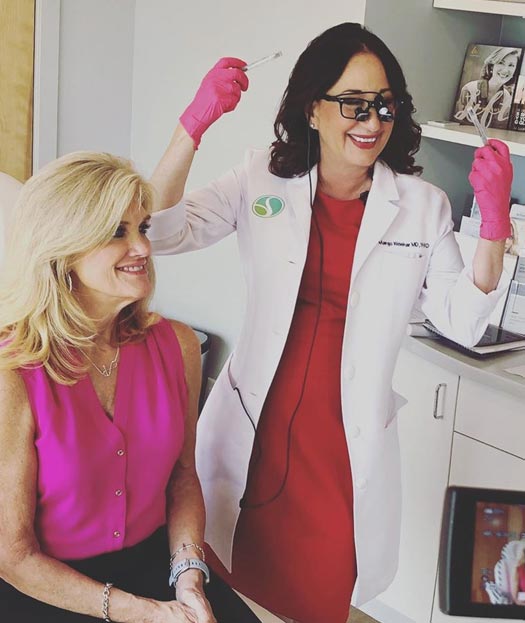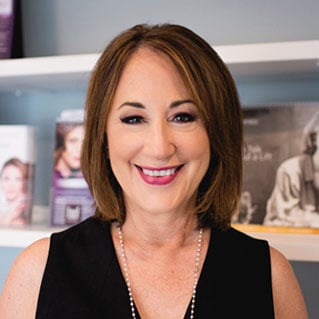Treatment For Moles In Philly
At Springhouse Dermatology, your skin is in the trusted hands of Dr. Margo Weishar and Dr. Ashley Clark, board-certified dermatologists with expertise in diagnosing and treating both benign and suspicious moles. Patients from across Bucks and Montgomery Counties choose our team for a thorough, personalized approach to skin health.
With a shared passion for medical dermatology and skin cancer prevention, Drs. Weishar and Clark offer expert evaluations and safe, effective treatments in a warm, patient-centered environment. Whether cosmetic or clinical, your mole concerns are handled with the highest standard of care.





